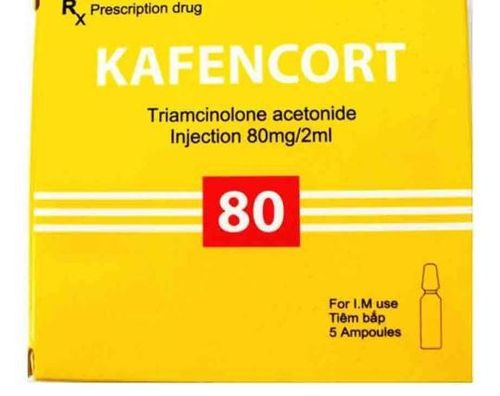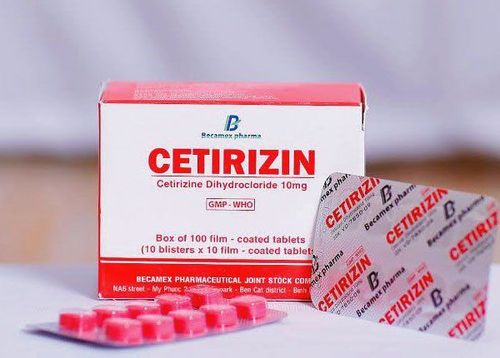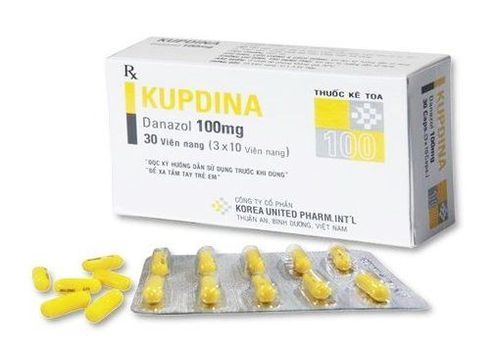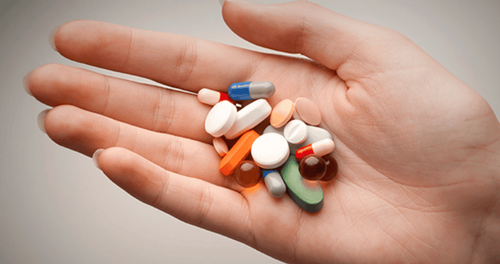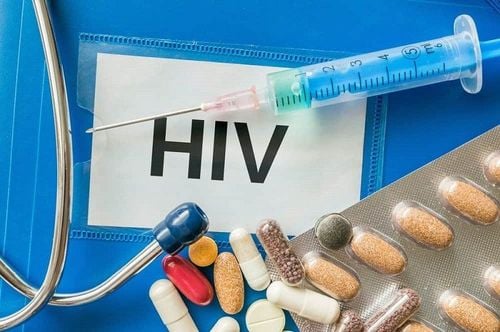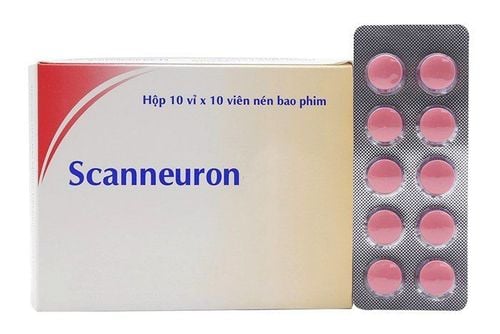This is an automatically translated article.
Rash and angioedema are relatively common phenomena, sometimes making the sufferer feel very uncomfortable. Let's learn about rashes and angioedema through the article below.
1. What is rash and angioedema?

Hình ảnh phát ban do sốt xuất huyết
Rash and angioedema are common phenomena. In most cases, they are harmless, disappear the same day they appear and do not leave any lingering marks on the skin even without treatment.
Rash and angioedema are usually treated with antihistamines. Angioedema can become a life-threatening situation if the throat and tongue become so swollen that it obstructs ventilation.
2. What are the symptoms of the rash and angioedema?

Hình ảnh phát ban
Red in color. Itching varies in severity, from mild to very itchy. The shape of the rash can be round, oval, or curved. The size of the rash can be as small as a pea, or it can be as large as the size of a plate. In most cases the rash appears very quickly and disappears very quickly (within 24 hours of its appearance). However, if the case is chronic, the rash can last for months or years.
2.2. Symptoms of Angioedema Angioedema is a skin reaction similar to a rash but it affects deeper layers of the skin. Angioedema may be accompanied by a rash or present alone. Signs and symptoms of angioedema include:
Lesions appear and form over a period of minutes to hours. Swelling and redness, especially around the eyes, cheeks, or lips. Affected areas feel warm or painful. 2.3. When to see a doctor? Mild cases of rash and angioedema can be treated at home. See your doctor if symptoms persist for several days.
If the patient experiences a rash or angioedema caused by an allergy to a known food or medication, these symptoms may be an early manifestation of an anaphylactic reaction. Get emergency medical help right away if your tongue, lips, mouth or throat feel swollen, or if you feel short of breath.
3. What causes rash and angioedema?
Rash and angioedema can be caused by the following:
Food: many foods can cause reactions in sensitive individuals. Shrimp, fish, peanuts, shellfish, soybeans, wheat, eggs and milk are the most common food allergens. Medications: Many medications can cause a rash or angioedema. Common medications that cause rashes and angioedema are penicillin, aspirin, ibuprofen (Advil, Motrin IB, and others), naproxen sodium (Aleve), and blood pressure medications. Airborne agents: Pollen and other airborne allergens can cause the onset of an inhalation rash, which is sometimes accompanied by both upper respiratory and respiratory tract symptoms. below. Environmental factors: such as sunlight, vibration (such as when using a lawn mower, hot water faucet, or bathtub, etc.), pressure on the skin (such as wearing pants) tight clothing, rubbing), mental stress, insect bites, and exercise. Treatments or underlying medical conditions: rash and angioedema sometimes occur after blood transfusions, after bacterial or viral infections (such as hepatitis virus, human immunodeficiency virus - HIV). In fact, the exact cause of the rash and angioedema is often unknown, especially in cases of chronic hives.
4. Risk factors for rash and angioedema
Rash and angioedema are common. The risk of rash and angioedema is increased if:
There has been a history of rash or angioedema. Have had other allergic reactions. There is a family history of rash, angioedema, or hereditary angioedema.
5. Complications of angioedema
Severe angioedema can be life-threatening because swelling of the throat or tongue can obstruct the airway.
6. How to prevent rashes and angioedema
To reduce the likelihood of a rash or angioedema occurring, note the following:
Avoid known triggers: avoid known triggers of rash. Shower and change clothes: if you've had a rash from contact with pollen or animals in the past, shower and change clothes after exposure.
7. Diagnosis of rash and angioedema
The doctor will take the medical history, perform a physical examination of the lesions to find out the cause of the signs and symptoms. In some cases, your doctor will order an allergy skin test and other tests.
8. Treatment of rash and angioedema
If symptoms are mild, no treatment may be needed. The rash and angioedema will usually go away on their own. But if the itching is severe, causes great discomfort, or the symptoms persist, treatment will be needed.
8.1. Medications Treating hives and angioedema may involve prescription medications, including:
Antipruritic drugs: the standard treatment for hives and angioedema is a non-drowsy antihistamine. These medications work to reduce itching, swelling, and other allergy symptoms; and they can be over-the-counter or prescription drugs. Anti-inflammatory drugs: For severe rashes or angioedema, doctors sometimes need to prescribe oral corticosteroids (eg, prednisone) to reduce swelling, redness, and itching. Immunosuppressants: If antihistamines and corticosteroids don't work, your doctor may prescribe an immunosuppressant. 8.2. When is it an emergency? If you have a rash or severe angioedema, or are in a life-threatening condition, get emergency help right away.
Vinmec International General Hospital is one of the hospitals that not only ensures professional quality with a team of leading medical doctors, modern equipment and technology, but also stands out for its examination and consultation services. comprehensive and professional medical consultation and treatment; civilized, polite, safe and sterile medical examination and treatment space.
Please dial HOTLINE for more information or register for an appointment HERE. Download MyVinmec app to make appointments faster and to manage your bookings easily.
Article referenced source: mayoclinic.org



